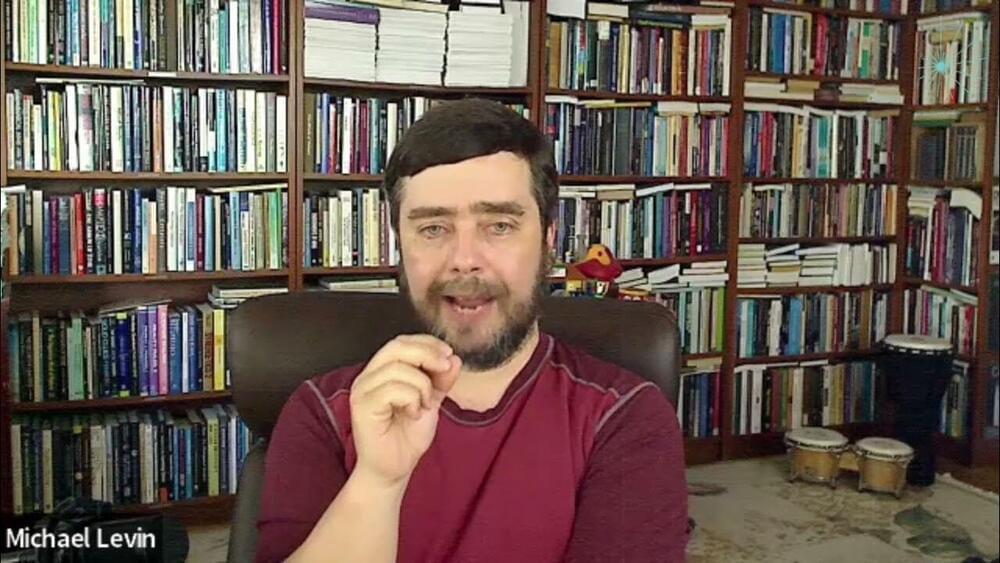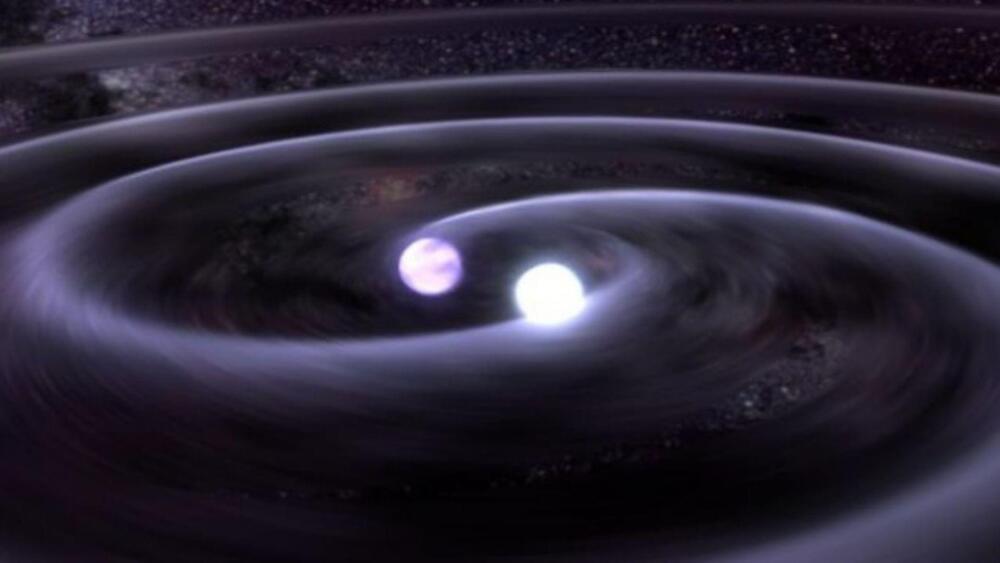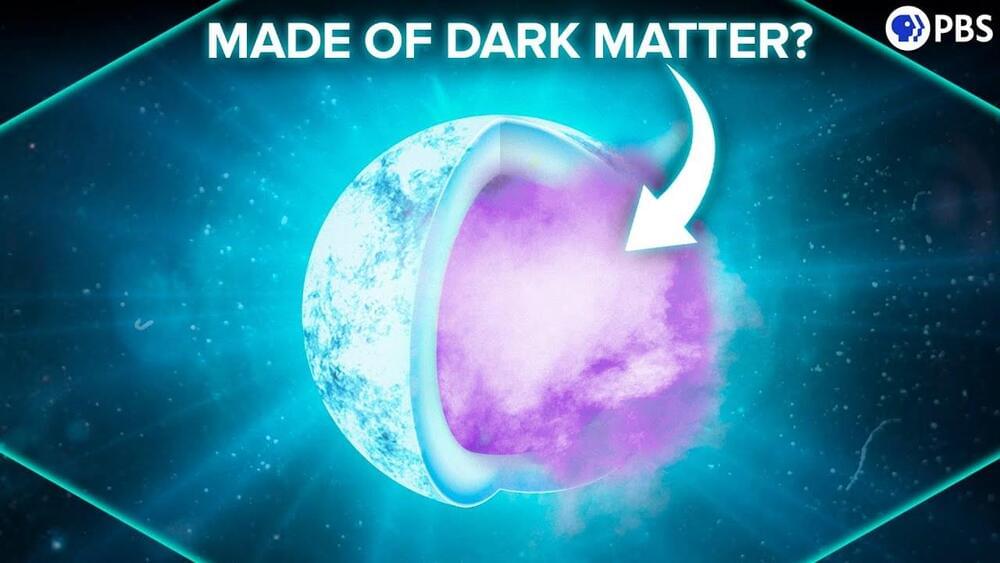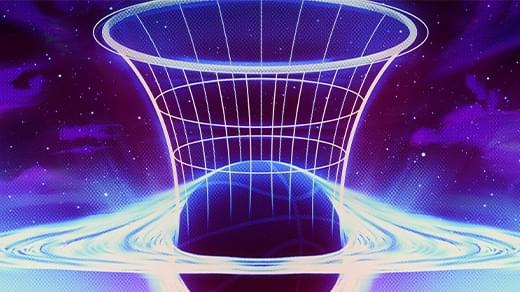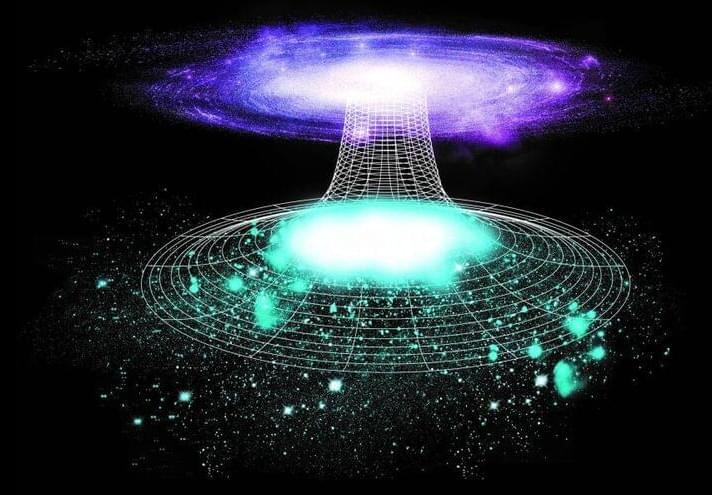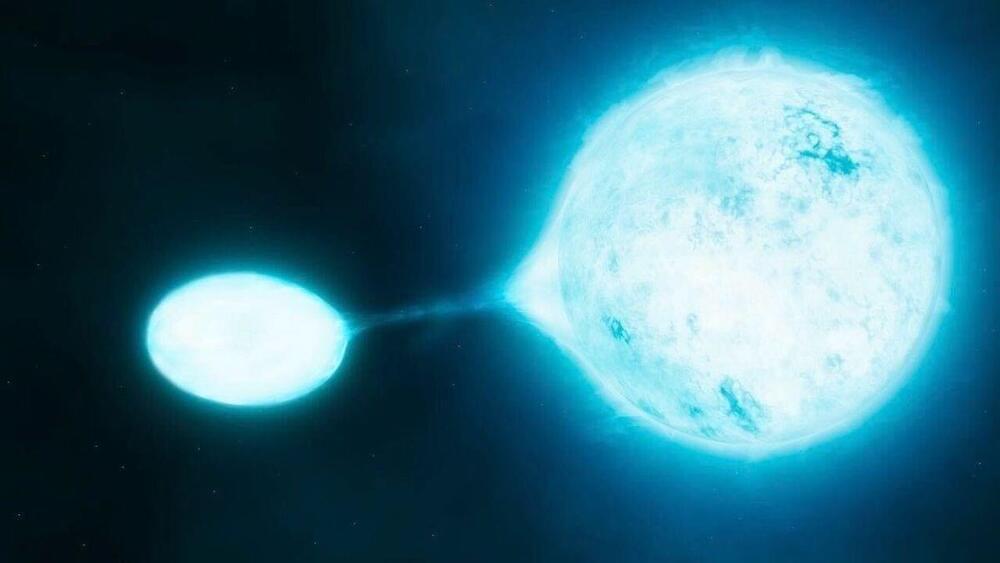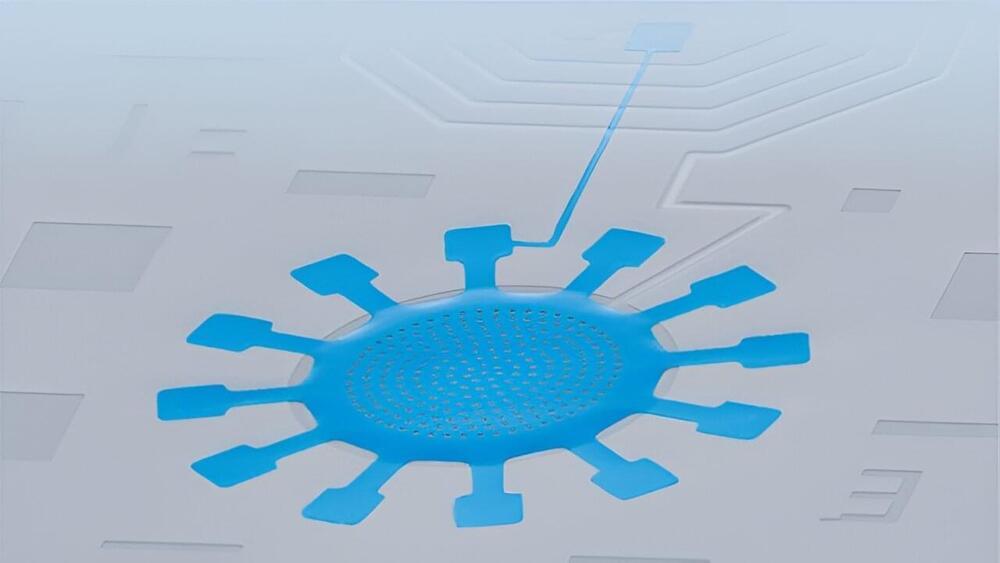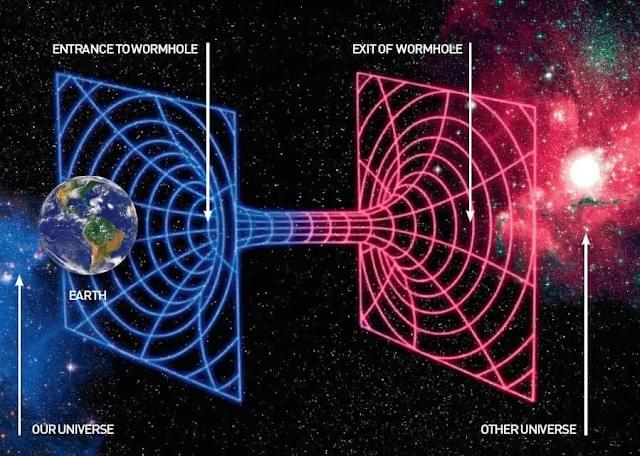Aug 17, 2023
Can Cells Think? The Magic of Developmental Biology
Posted by Dan Breeden in categories: biological, cosmology, evolution, neuroscience
The John Templeton Foundation recently invited biologist Michael Levin to speak to a small group about the presence of agency and cognition in the most fundamental forms of life, even at the levels of cells and tissues. In the recorded video, Dr. Levin, who directs a developmental biology lab at Tufts University, discusses with Philip Ball, a science writer and author of the newly published Book of Minds: How to Understand Ourselves and Other Beings.
Founded in 1987, the John Templeton Foundation supports research and dialogue on the deepest and most perplexing questions facing humankind. The Foundation funds work on subjects ranging from black holes and evolution to creativity, forgiveness, and free will. It also encourages civil, informed dialogue among scientists, philosophers, theologians, and the public at large.
Continue reading “Can Cells Think? The Magic of Developmental Biology” »
